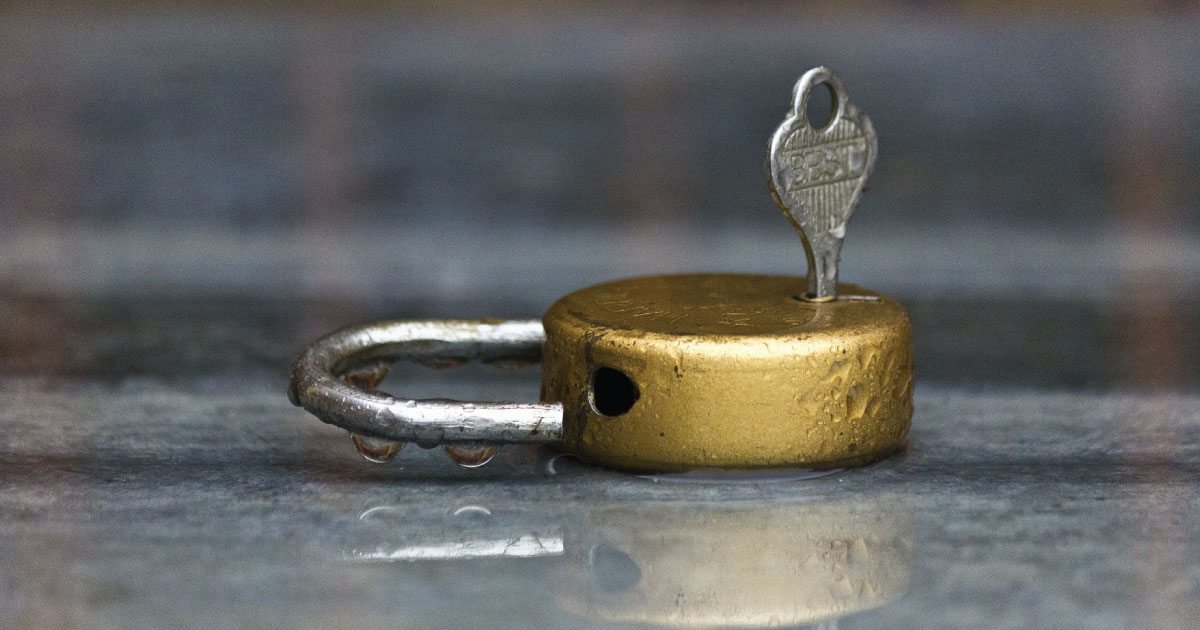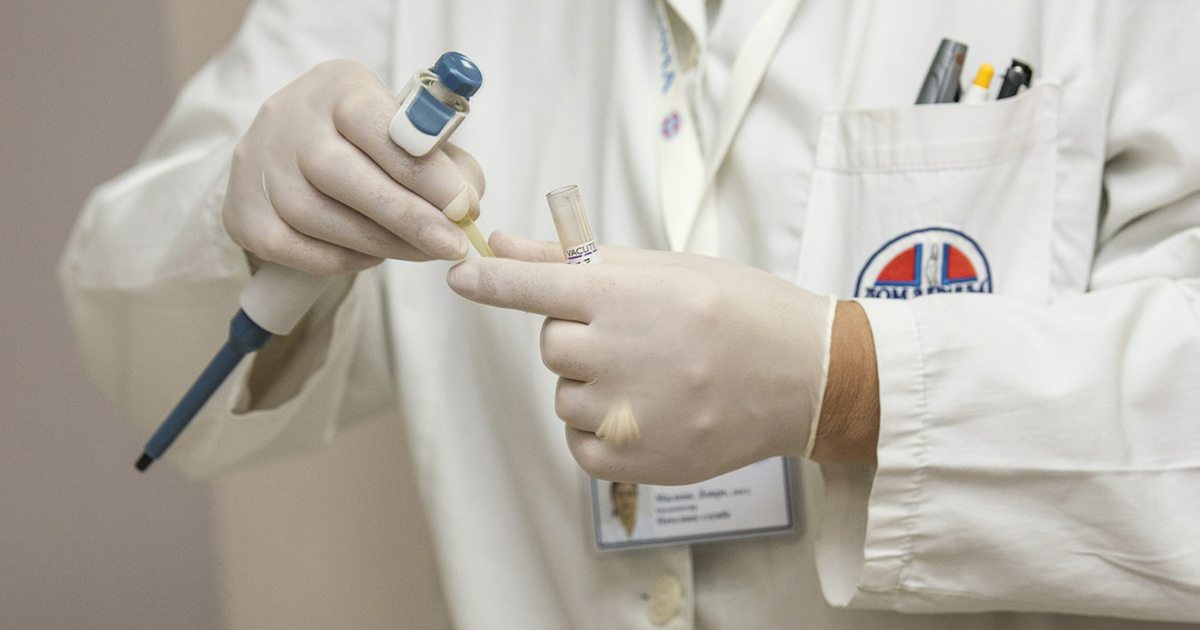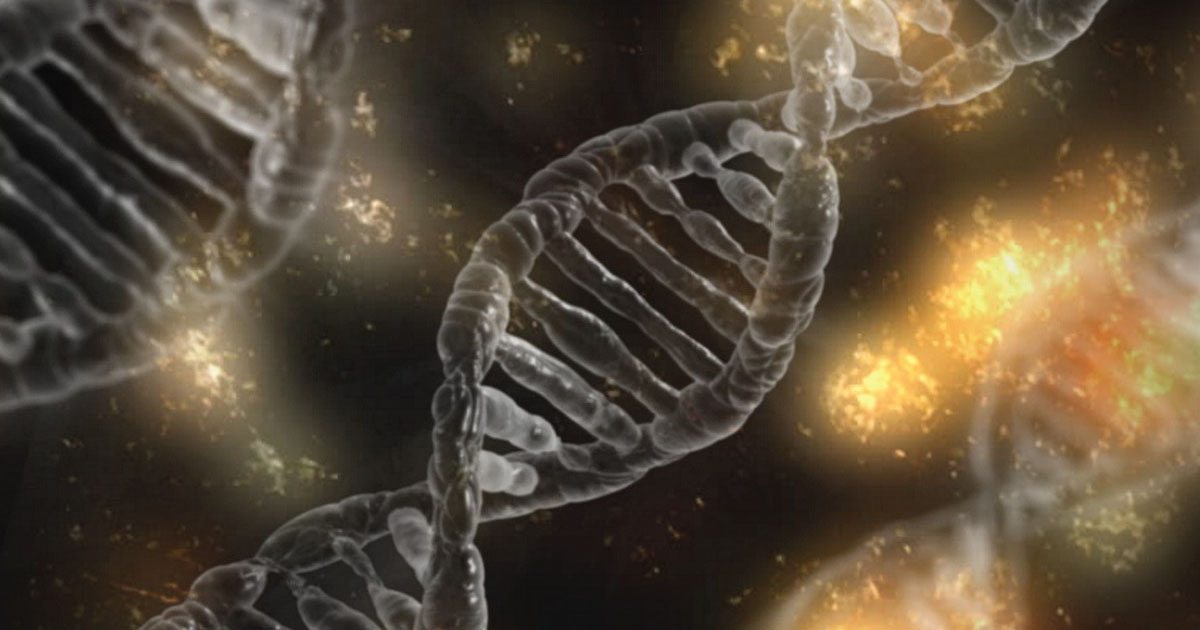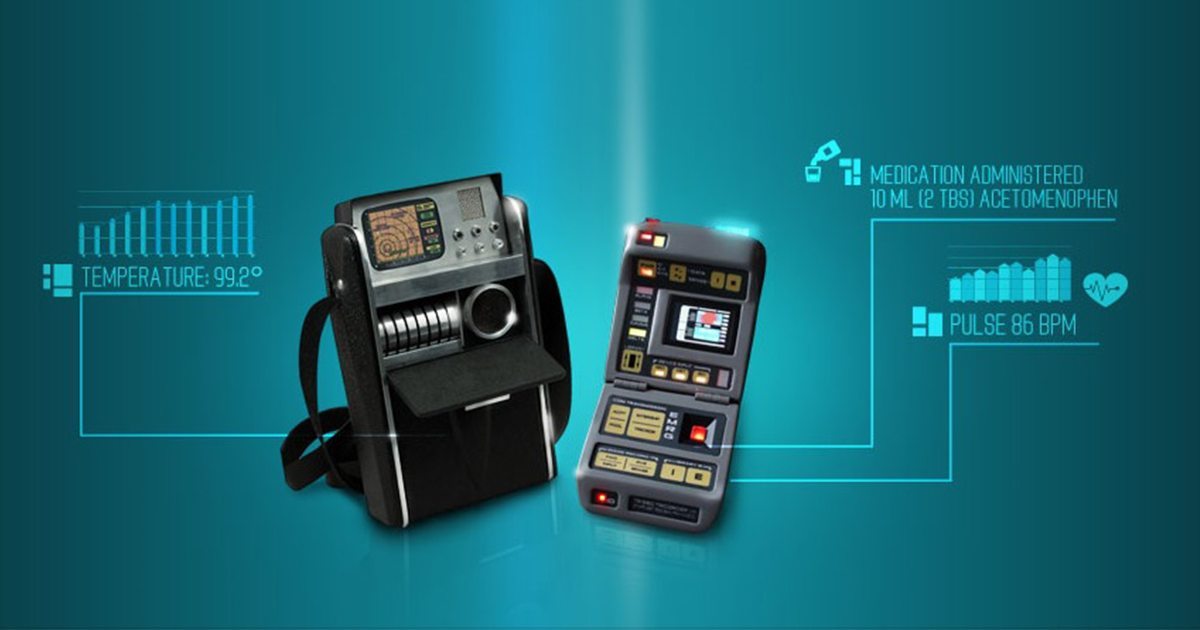Category: Featured News

Could Locking Out a Protein Halt Development of Mesothelioma?
Given the staggering number of Americans who die each year from lung cancer, researchers from the University of Kentucky College of Pharmacy, Memorial Sloan Kettering Cancer Center, and St. Jude Children’s Research Hospital joined forces to find a way to turn those statistics around. The team may have done just that by discovering a way to block a protein that “leads directly to cancer formation.”
After more than 10 years of research, the team found that high levels of the DCN1 protein led to an increase in lung cancer cases, and in lung cancer patients the protein directly correlated to a shorter life span. They were determined to find a way to block that protein and stop it from leading to early death, according to a June 26 press release from the University of Kentucky.
The researchers realized they needed to get to DCN1’s partner protein, UBE2M, and intercept it before it underwent a small modification known as N-terminal acetylation, after which it would bind to DCN1 and control the formation of cancer. Previous studies have shown that DCN1 promotes some squamous cell head, neck and lung cancers.
They were able to develop a compound that kept the DCN1 protein isolated and safe from the modified UBE2M. Likening the result to a lock and key system, if UBE2M was the key, and DCN1 was the lock, the compound, in effect, jammed the lock and stopped the key from entry. Further testing found the compound “effectively blocked DCN1 from binding to UBE2M.”
“To have spent decades on this research and have such promising results is truly exhilarating,” said Dr. Bhuvanesh Singh, a physician-scientist at Memorial Sloan Kettering Cancer Center, who laid the groundwork for the research.
Expert Insight
Dr. Bhuvanesh Singh
“This work represents a very important step towards developing a new approach to treat the most difficult of cancers and hopefully increase cure rates.”
When teams from some of the greatest cancer research centers in the U.S. get together, there are bound to be groundbreaking results. The collaboration between these three labs, according to the press release, “could mean relief to many of those suffering from a variety of diseases.”
As with all breakthrough research for lung cancer, the mesothelioma community takes notice. Pleural mesothelioma is an asbestos-caused cancer of the lining of the lungs that is very aggressive, much like lung cancer, and fights off some of the strongest cancer-fighting agents. Prognosis is often less than one year for patients. However, finding a way to attack cancer growth agents, such as with this research, could mean increased survival for mesothelioma patients.
Lung cancer is the leading cause of cancer death in men and women with an estimated 222,500 new diagnoses and 155,870 deaths in 2017, according to the National Cancer Institute. According to the UK researchers, Kentucky leads the nation in incidence and death rates from lung cancer. Kentucky ranks 30th in number of deaths from mesothelioma. Nearly 3,000 Americans are diagnosed with mesothelioma each year.
“We are excited about the implications of this research, which offer us a meaningful solution for addressing diseases like cancer, neurodegenerative disorders, and infection,” said Brenda Schulman, PhD, Joseph Simone Chair in Basic Research, St Jude Children’s Research Hospital HHMI, Investigator.
See the full study in the June 5 issue of the journal Nature Chemical Biology.
http://www.nature.com/nchembio/journal/vaop/ncurrent/full/nchembio.2231.html

Could Creepy Crawlers Someday Be Useful in Mesothelioma Care?
While MesotheliomaHelp has reported numerous times about research that looks to nature, mostly in fruits and vegetables, to bring new treatments to mesothelioma patients, researchers are now looking at shiver-inducing worms and slugs for patient care. In two separate studies, researchers looked to the slimy critters for inspiration in developing medical products that can aid in patient care.
Slug Mucus Inspires Medical Glue
Researchers from Harvard University report that they developed a glue inspired by the slime from slugs that can be useful in surgery, according to July 28 article from the BBC. Trying to find a tissue adhesive, or glue, that can be used instead of stitches or staples on patients, researchers from Harvard University turned to the “Dusky Arion” slug, whose body is covered in a sticky mucus, as guidance.
The challenge of developing an adhesive product that can stick to damp surfaces, such as organs and skin, is flexible enough to move freely and is less damaging to the healthy tissues, had stymied researchers until they discovered the characteristics of slug mucus could be copied.
“We engineered our material to take on the key features of slug mucus and the result is really positive,” said Dr. Jianyu Li, Wyss Technology Development Fellow, Harvard University. “I’m really amazed by this system. We have solved a big challenge and opened up big opportunities in the medical setting.”
The “bio-glue” is incredibly strong, moves with the body and sticks to wet surfaces. According to the researchers the glue is not toxic and is three times stronger than current options, with adhesion occurring within minutes. They indicate that this family of adhesives could be useful for tissue adhesives, wound dressings, and tissue repair.
This finding can be especially useful for mesothelioma patients who undergo surgery as a form of treatment. One option is the extrapleural pneumonectomy, a surgery to remove a diseased lung and its surrounding layer of tissue known as the pleura. The alternative to EPP is the lung-sparing radical pleurectomy/decortication surgery, a complicated surgery that involves stripping away the diseased membrane lining the lung but keeping the lung intact. Both surgeries require extensive incisions that are typically sewn back up – bio glue might be a great alternative.
Wyss Founding Director Donald Ingber, who is also the Judah Folkman Professor of Vascular Biology at Harvard Medical School and the Vascular Biology Program at Boston Children’s Hospital, as well as a Professor of Bioengineering at Harvard SEAS, said of the bio glue:
“Nature has frequently already found elegant solutions to common problems; it’s a matter of knowing where to look and recognizing a good idea when you see one. We are excited to see how this technology, inspired by a humble slug, might develop into a new technology for surgical repair and wound healing.”
The glue has proven effective in the lab on mice and on a pig’s heart, but significantly more research is required.
Read about the Harvard discovery in the July 28 issue of the journal Science.
Worm Could Be Universal Blood Donor
In another study, researchers from France found that the lugworm, a marine worm that burrows in the sand at low tide, has an “extraordinary ability to load up with life-giving oxygen” which may lead to a blood substitute that could save lives.
Researchers from Aquastream, a fish-farming facility on the Brittany coastline, and Hemarina, a French biotechnology company centered on the development of universal marine oxygen carriers, have partnered in this unique venture to find a way to harness the blood from the lugworm. This is the first collaboration into the medical use of lugworms. The companies must find a way to grow and harvest the worms, as well as finding a way to harvest the blood.
“The haemoglobin of the lugworm can transport 40 times more oxygen from the lungs to tissues than human haemoglobin,” says Gregory Raymond, a biologist at Aquastream, in a July 31 article on MedicalXpress. “It also has the advantage of being compatible with all blood types.”
While Aquastream focuses on bringing a “sustainable supply of the worms” to market, so far they can produce 1.3 million lugworms a year, Hemarina researchers are focusing on ways to extract the drops of hemaglobin from each worm.
“There is nowhere else in France or the world that has the capacity to produce lugworms in a controlled environment to ensure a supply of their haemoglobin,” said Aquastream director Nathalie Le Rouilly.
Mesothelioma patients are susceptible to anemia, a decrease in red blood cells that limits oxygen supply, often caused by the cancer itself or from the effects of chemotherapy, according to CancerConnect.com. Red blood cells contain the protein hemoglobin, which carries oxygen to all parts of the body, and in severe cases, patients may need a blood transfusion.
Harnessing this hemoglobin could transform medicine by providing a blood substitute that could save lives, speed recovery after surgery and help transplant patients, according to the research team.
There is still plenty more work to do in the lab, but if the researchers are able to bring it to market, there are plenty of other life-saving uses for the lugworm. The team even envisions using “freeze-dried lugworm blood” as blood supply backup after disasters and in combat zones.
Sources
- BBC
http://www.bbc.com/news/health-40730875 - Wyss Founding Director Donald Ingber
https://wyss.harvard.edu/sticky-when-wet-strong-adhesives-for-wound-healing/ - journal Science
http://science.sciencemag.org/content/357/6349/378 - MedicalXpress
https://medicalxpress.com/news/2017-07-story-worm-bringer-medical-miracles.html

Combination Drug Therapy Approval for Lung Cancer Opens Door For Targeted Care for Pleural Mesothelioma
Lung cancer patients with a specific genetic mutation just received good news with the approval of a combination drug treatment. The U.S. Food and Drug Administration announced in June that it approved dabrafenib and trametinib as a combination therapy for use in non-small cell lung cancer patients expressing the BRAF V600E mutation. Certain pleural mesothelioma patients may also benefit from this recent approval.
The FDA approved the two drugs from Novartis Pharmaceuticals Inc., Tafinlar (dabrafenib) and Mekinist (trametinib), based on success in a clinical trial of 93 patients with a median duration of response that ranged from six months to 12.6 months (depending on previous treatment status), according to a June 22 press release. The FDA also approved the Oncomine Dx Target Test to select those patients with NSCLC with the BRAF V600E mutation for treatment.
Novartis reports that “there is an urgency to treat people with this mutation, as BRAF V600E mutation-positive tumors have been shown to be more aggressive and may lead to a poorer prognosis.” According to Novartis, BRAF mutations are in just one to three percent of NSCLC cases worldwide. One study shows that BRAF is also a rare type of mutation in pleural mesothelioma, however, for an already rare disease with few treatment options, this approval brings a glimmer of hope to patients.
“Patients with BRAF V600E mutation-positive metastatic NSCLC have responded less favorably to standard chemotherapy, suggesting that there is a critical need for a targeted therapy,” said Bruno Strigini, CEO, Novartis Oncology, in a June 22 press release.
Treatment for pleural mesothelioma, an asbestos-caused cancer affecting the lining of the lungs, and non-small cell lung cancer is often similar, with chemotherapy being one of the primary treatment modes. Chemotherapy is used to manage symptoms and to slow the growth of the disease, but both cancers are notably aggressive and often develop resistance to the drugs, and, eventually, the treatment fails.
This double therapy oral treatment is another step towards personalized cancer care that could benefit those battling mesothelioma. Personalized care targeted to a patient’s unique characteristics and genetic makeup, such as the BRAF biomarker, optimizes the potential for success of the treatment.
“This is an important milestone for the lung cancer community as we are continuing to better understand the genomic drivers of cancer and develop effective treatments targeted for these biomarkers,” said Bruce Johnson, MD, Professor of Medicine, Chief Clinical Research Officer, Dana-Farber Cancer Institute and Harvard Medical School at Dana-Farber Cancer Institute.
This is the first approval for targeted treatment in the U.S. specifically for BRAF V600E mutation-positive metastatic NSCLC.
Talk to your mesothelioma care team to find out if this combination therapy will work for you.

Two Gene Therapy Approaches Pending Approval from FDA Bring Hope to Mesothelioma Community
Nearly five years ago, MesotheliomaHelp reported about a breakthrough treatment called gene therapy. At the time, it was touted as the “next frontier” in medicine, and cancer patients from around the world watched closely in the hopes that the treatment could bring a cure to even the rarest of cancers, such as mesothelioma. Now, all eyes are on the U.S. Food and Drug Administration as it is poised to approve two types of gene therapy.
The Oncologic Drugs Advisory Committee (ODAC) sent its recommendation to the FDA on July 12 for CTL019 (tisagenlecleucel) for the treatment of a form of leukemia. Then, on July 17, the FDA accepted a Biologics Licensing Application from Spark Therapeutics for gene therapy for a rare inherited eye disease that causes blindness, approved the name Luxturna for the treatment, and assigned priority status to the treatment for accelerated review.
To better understand these two pending landmark approvals and the future of gene therapy, MesotheliomaHelp turned to Ricki Lewis, a New York-based geneticist and author.
“It’s not right for every disease,” said Lewis. “But it is an approach that can be considered some day along with drugs, surgery and everything else.”
CTL019: CAR-T Treatment for Leukemia Ramps Up the Immune System
Tisagenlecleucel is an investigational chimeric antigen receptor (CAR) T cell therapy from Novartis, developed by researchers at the University of Pennsylvania. The pharmaceutical company wants to use the therapy to treat a rare form of leukemia, B-cell acute lymphoblastic leukemia affecting children and young adults under the age of 25, according to NPR.
Lewis explains that CAR-T therapy is not “conventional” gene therapy, which has been in clinical trials to treat single-gene diseases since 1990. However, she notes that “CAR T cell technology has had astonishing success in treating a form of leukemia and it’s being tested for multiple myeloma, brain cancer, breast cancer, and soft tissue cancers.”
“Although both approaches deliver DNA in viruses, classical gene therapy adds a working copy of a single mutant gene, restoring a specific protein’s function,” says Lewis. “Revving up a not-naturally-occurring immune response isn’t the same thing as replacing an enzyme,” which is what Luxturna does.
According to the National Cancer Institute, in CAR-T treatment, T cells are removed from the patient’s blood and genetically altered in a lab to have chimeric antigen receptors on their surface. The T cells are then multiplied, into the billions, in the lab and infused back into the patient’s blood, where they seek out the cancer cells and launch a precise immune attack against them.
Lewis offers the following explanation of CAR-T:
“CAR operates like a drone, targeting and obliterating cancer cells. It introduces a gene manufactured to contain instructions for making two immune system components in one, something that doesn’t exist in nature: an antibody and a T cell receptor. When delivered in a virus, the CAR enters the person’s T cells, which then manufacture the hybrid (chimeric) protein.
The engineered receptor portion guides the T cells to a specific target – such as cancerous B cells – where the antibody part binds. The action alerts the immune system to respond and kill the cancer cells.”
Ultimately, CAR-T, also described as a process that genetically alters a patient’s own cells to fight cancer, could be used for many more diseases and cancers, and bring an effective treatment to mesothelioma patients.
In a 2013 article for MesotheliomaHelp, Lewis wrote about CAR-T treatment saying, “An ingenious technique that has vanquished leukemia in a handful of patients is also being applied to mesothelioma.”
Lewis highlighted the CAR-T process being used in a mesothelioma clinical trial from the University of Pennsylvania that uses the “doctored T cells,” known as chimeric immune receptor (CIR) instead of CAR, against mesothelin, a protein that is found to be in excess in mesothelioma and other cancers. The idea is that T cells led to the mesothelioma cells will attract an immune response, said Lewis.
Find out more about the mesothelioma clinical trial from the University of Pennsylvania here.
Luxturna Gene Therapy Treats Blindness, Could Lead to Treatment for Other Inherited Diseases
In her book The Forever Fix, Lewis followed the journey of the use of gene therapy to restore the vision of a young boy who was nearly blind from a hereditary disorder. The doctors added a working copy of a single defective gene in the New York boy’s eyes that prevented his eyes from using vitamin A to send visual signals to his brain. The treatment was a success: the boy’s vision was restored and no further treatments or surgery were required.
“Last week’s FDA advisory committee’s greenlight for CAR technology overshadowed a milestone for what is likely to be the first approval of classic gene therapy – for a form of inherited blindness,” Lewis told MesotheliomaHelp. “That’s the Leber congenital amaurosis type 2 – renamed ‘RPE65-mediated inherited retinal dystrophy’ – that I wrote my book about.”
In an interview with Lewis last week, Dr. Katherine High, MD, President, Chief Scientific Officer, and a founder of Spark Therapeutics, said of the future of gene therapy:
“I hope we will see continued accumulation of successful clinical results in a range of target tissues and continued progress in bringing gene therapy products to licensing. When gene therapy products are licensed, there will be increased interest in the medical community, and that will help to expand opportunities.”
Mesothelioma patients typically show disease symptoms years or even decades after exposure to asbestos, a known carcinogen. The cancer is eventually fatal, but aggressive therapy may prolong the lives of patients who are diagnosed early. Approximately 3,000 Americans are diagnosed with the cancer each year.
“Getting at the basis of why one person develops mesothelioma and another person doesn’t, that is going to hold a clue to really fighting it,” Lewis said, referring to a clinical trial conducted at Wake Forest University in 2013 to determine whether some mesothelioma patients are genetically predisposed to developing mesothelioma. “Then we will know what to do the gene therapy on.”
The pending FDA approvals could bring groundbreaking treatment to cancer patients and to patients with genetic diseases. Perhaps someday, mesothelioma patients will enjoy long, productive lives through gene therapy.
The FDA is not bound to follow the ODAC’s recommendations, however, the Agency nearly always follows the recommendation. Approval for CTL019 is expected in November. The FDA will decide on Luxturna in January, 2018.
About Ricki Lewis,PhD
Ricki Lewis is a science writer with a PhD in genetics. The author of several textbooks and thousands of articles in scientific, medical, and consumer publications, Ricki’s first narrative nonfiction book, “The Forever Fix: Gene Therapy and the Boy Who Saved It,” was published by St. Martin’s Press in March 2012. In addition to writing, Ricki provides genetic counseling for parents-to-be at CareNet Medical Group in Schenectady, NY and teaches “Genethics” an online course for master’s degree students at the Alden March Bioethics Institute of Albany Medical Center.
Read more about gene therapy on Ricki Lewis’s DNA Science blog.
Find out more about Ricki Lewis at her website.
Sources:
- Spark Therapeutics
http://blogs.plos.org/dnascience/2017/07/20/luxturna-a-giant-step-forward-for-blindness-gene-therapy-a-conversation-with-dr-kathy-high/ - DNA Science blog
http://blogs.plos.org/dnascience/

Contest Could Bring Handheld Medical Tool to Mesothelioma Patients
One of the props used by Dr. McCoy, of the iconic 1960s television series Star Trek, was the Tricorder. With a point, swipe, and beep, the doctor could examine and diagnose the USS Enterprise’s crew members. Now, thanks to a contest, this science fiction device may soon become a reality bringing “healthcare to the palm of your hand,” and helping mesothelioma patients avoid some of their countless medical appointments.
The Qualcomm Foundation, along with the world’s leading visionaries, hold a three-day summit each year to brainstorm ideas to help mitigate some of the challenges facing the world. The goal is to create an incentivized global competition that could lead to a solution to the problem. In 2012, the summit attendees focused on healthcare.
With all the technological advances, the team thought, it is inconceivable that an individual has to physically go to a healthcare facility, clinic, or doctor for a diagnosis of any condition. They felt this model of health care has led to bottlenecks to access of care, backlogs in laboratories, and a rise in healthcare costs. The visionaries agreed that a medical device, for consumers, could be designed to address this problem. The Qualcomm Tricorder XPRIZE competition, with a total prize package of $10 million, was conceived to spur the creation of Dr. McCoy’s Tricorder.
U.S. Team Takes Top Prize
On April 12, 2017, the U.S. team, Final Frontier Medical Devices, based in Pennsylvania, was announced the winner of the nearly five-year competition netting them $2.6 million to help bring the prototype to reality. Led by two brothers, Dr. Basil Harris, an emergency medicine physician, and George Harris, a network engineer, the team created DxtER.
The second place winner, Dynamical Biomarkers Group of Taiwan, received $1 million to help bring their device to fruition.
“It is very exciting that our vision of mobile, personalized patient-centric healthcare is getting closer to becoming a reality thanks to the great work of the Qualcomm Tricorder XPRIZE teams,” said Dr. Paul E. Jacobs, executive chairman of Qualcomm Incorporated, in an April 13 press release announcing the winner. “Creating technology breakthroughs in an industry as complex as healthcare is quite a milestone, and what these teams accomplished is a great stepping stone to making mobile healthcare a viable option across the world.”
The field began with 312 teams from 38 countries all working to create a Tricorder prototype. During the multi-year competition the field was narrowed to 29 teams from nine countries, and finally to two finalists from two countries. The two final teams, representing the U.S. and Taiwan, were chosen in December 2016.
Five-Pound Device Houses Complex Functionality
“Our device is smart and simple, giving people the help and answers they need when they need this input the most,” said Dr. Basil Harris, founder of Basil Leaf Technologies, in a press release announcing his team’s success.
The final product had to adhere to strict requirements such as allowing an individual to determine if and what care is required without leaving home; it should weigh no more than five pounds; it must collect, store, and share vital health data via the internet; and cause no harm to the consumer either by thermal or electrical energy, needles, lancets, or infections.
Expert Insight
Dr. Basil Harris
“There is nothing like it in existence, and we believe this technology will change the face of health care.”
In order to diagnose patient conditions, the device must be capable of collecting key health metrics like blood pressure, respiratory rates, and temperature over time and in various health states. The volume of data accumulated over time will allow the device to determine the consumers health conditions without expensive or invasive laboratory tests.
The winning prototype was to capture five real-time health vital signs, blood pressure, heart rate, oxygen saturation, respiratory rate, and temperature and identify 10 health conditions. The health conditions include: anemia, A-fib, COPD, diabetes, leukocytosis, pneumonia, otitis media, sleep apnea, urinary tract infection, and shingles. It must also be able to determine the absence of any condition allowing the patient to avoid unnecessary medications.
DxtER, the winning tool, is capable of diagnosing 34 health conditions.
Tricorder Benefits for Mesothelioma Patients
For mesothelioma patients and their caregivers, being able to determine, from the comfort of their home, what and if medical care is required, has significant benefits. Early detection of pneumonia, for example, can mean the difference between treatment at home and complications requiring hospitalization.
Mesothelioma, a rare cancer causally linked to asbestos exposure, is typically diagnosed in patients over the age of 65. At that age, many patients may have unrecognized medical problems that also need to be addressed. However, with the toll mesothelioma takes on a patient, symptoms that may mean a heart condition or diabetes often go ignored simply because of the burden of another round of doctors’ appointments and tests.
With the possibility of having their own diagnostic device at home that can collect their health data, assess the illness, and determine the appropriate course of action, whether that requires medical intervention or not, mesothelioma patients will feel more empowered, less stressed and may realize a better quality of life.
The device “gives users access to continuous, reliable health data – the information patients and providers need to more effectively manage chronic health conditions, such as diabetes and congestive heart failure,” according to Basil Leaf’s website.
With the advancements in mesothelioma care bringing the cancer closer to being a chronic disease, this device can allow patients to focus more on their lives and less on their illness.
The Qualcomm Foundation, and other strategic partners, are committed to seeing the Tricorder competition bring marketable products into the hands of consumers, and they have pledged millions of dollars in initiatives to support the teams.
To find out more about this exciting project visit the Qualcomm Tricorder XPRIZE website.
Photo Credit: Qualcomm Tricorder XPRIZE
Sources:
- Qualcomm Tricorder XPRIZE competition
http://tricorder.xprize.org/ - Basil Leaf’s website
http://www.basilleaftech.com/dxter/ - Basil Leaf Technologies
http://www.basilleaftech.com/blog-1/ - Dr. Paul E. Jacobs, executive chairman of Qualcomm Incorporated
http://tricorder.xprize.org/press-release/family-led-team-takes-top-prize-qualcomm-tricorder-xprize-competition
Free Mesothelioma Patient & Treatment Guide
We’d like to offer you our in-depth guide, “A Patient’s Guide to Mesothelioma,” absolutely free of charge.
It contains a wealth of information and resources to help you better understand the condition, choose (and afford) appropriate treatment, and exercise your legal right to compensation.
Download Now